Introduction: The Power of Fabric and Color in Fashion
Every season in the fashion world begins with two fundamental questions: What colors will dominate? and What fabrics will define comfort and performance? The answers to these questions guide designers, buyers, and manufacturers as they prepare for the next big collection.
Fabric and color are more than visual elements—they shape how consumers feel and connect with a brand. A soft texture can evoke comfort, while a vibrant hue can communicate confidence and vitality. As fashion moves toward functionality and sustainability, choosing the right fabric and color palette becomes both a creative and strategic decision.
In 2025, the fashion industry is redefining aesthetics through sustainable innovation and emotional design. Natural-inspired tones coexist with high-energy shades, and fabrics that perform well under daily wear are taking center stage. Let’s explore the next season’s most important color and fabric trends and how they’ll inspire the future of apparel.
Nature-Inspired Neutrals: Calm Meets Comfort
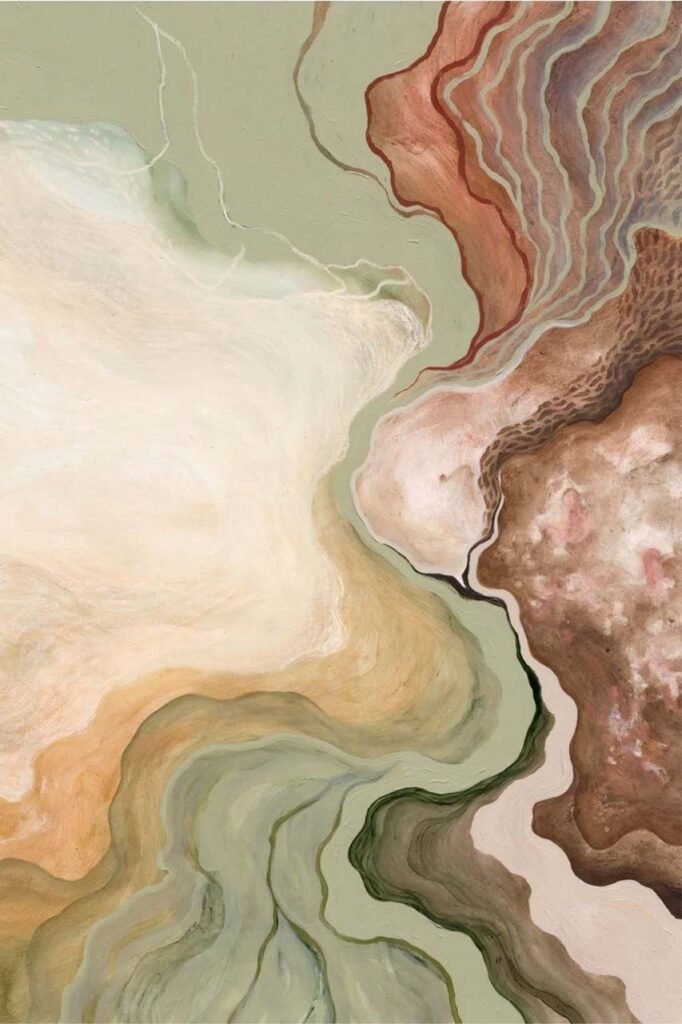
After several years of loud digital color palettes, designers are shifting back to simplicity. Earthy tones are once again in focus—colors like sand beige, warm taupe, olive green, and stone grey bring a grounded elegance that speaks to mindfulness and minimalism.
These tones pair beautifully with natural fiber fabrics such as organic cotton, linen, and Tencel. They represent the return to authenticity—clothing that feels calm, breathable, and kind to the planet. Many lifestyle brands are using these hues to tell a story of relaxation and nature-connected living, appealing to consumers seeking balance in a fast-paced world.
In addition, neutral palettes offer incredible versatility. They work across seasons and product categories—from everyday T-shirts to yoga sets and travel polos—allowing brands to extend their designs without heavy seasonal adjustments. For manufacturers, these tones also offer consistency in production, as they are easier to color-match across materials.
Vibrant Energy: Pops of Color for Activewear
While neutral tones dominate lifestyle fashion, activewear is embracing bold energy. After all, color can be motivational. This season, expect to see coral orange, digital lavender, lime green, and ocean blue energizing workout gear and streetwear collections.
These colors pair best with performance fabrics such as nylon-spandex blends, moisture-wicking polyester, and four-way stretch jerseys. These materials enhance both function and style—offering elasticity, durability, and breathability while carrying color beautifully.

Activewear brands understand that color is emotion. A coral sports bra can make a morning workout feel lively; an aqua-blue yoga set can inspire calm determination. Vibrant hues not only highlight physical strength but also reflect a brand’s youthful and optimistic energy. When applied with color-blocking or gradient techniques, they transform ordinary silhouettes into statement pieces.
Sustainable Fabrics Take the Lead
The conversation around fashion sustainability has matured. Buyers and consumers alike are demanding transparency, traceability, and responsibility in material sourcing. As a result, eco-friendly fabrics are no longer niche—they’re the new standard.
Here’s a quick overview of key sustainable materials leading next season’s collections:
| Fabric Type | Key Features | Ideal For |
|---|---|---|
| Recycled Polyester (rPET) | Made from post-consumer plastic bottles; retains strength and color | Activewear, outerwear |
| Organic Cotton | Grown without pesticides; naturally soft and breathable | T-shirts, polos, casualwear |
| Bamboo Viscose | Naturally antibacterial and cooling; silky hand feel | Yoga wear, loungewear |
| Tencel (Lyocell) | Biodegradable, moisture-wicking, drapes elegantly | Dresses, tops, sustainable lines |
| Hemp Blends | Durable and eco-conscious, textured surface | Summer collections, streetwear |
Sustainability is also influencing dyeing technology. More suppliers are adopting waterless dyeing, natural pigments, and digital printing to minimize waste. This shift helps brands meet environmental goals while offering unique, customizable color palettes. For B2B buyers, choosing mills with certifications such as GRS, OEKO-TEX, and GOTS ensures material integrity and long-term trust.
Smart Textures: From Matte to Glossy Finishes
Visual texture adds depth to fashion, and the next season celebrates tactile diversity. Matte finishes continue to dominate minimalist collections, appreciated for their understated elegance. These fabrics are soft, refined, and often paired with structured designs like polos or sleek yoga leggings.

On the other hand, glossy and satin finishes are re-emerging, especially in women’s fashion and futuristic streetwear. High-shine surfaces such as coated nylon or metallic spandex reflect confidence and individuality. Brands are mixing matte cotton panels with glossy inserts to create a visually balanced contrast.
Texture also enhances function. Brushed surfaces provide warmth and softness for winter pieces, while micro-mesh textures increase ventilation in summer garments. For fabric buyers, exploring finish variations can add value to even simple designs—turning ordinary basics into signature pieces.
Comfort-Driven Knits: Function Meets Fashion
Comfort is no longer optional—it’s a lifestyle standard. The pandemic-era demand for cozy wear has evolved into a permanent consumer expectation. That’s why stretch knits, modal jerseys, and lightweight French terry continue to thrive.
These fabrics offer excellent recovery, breathability, and moisture management. Mills are engineering double-knit and interlock structures that combine strength with elasticity, ensuring the fabric maintains shape after multiple washes. This innovation is key for brands producing athleisure and loungewear.
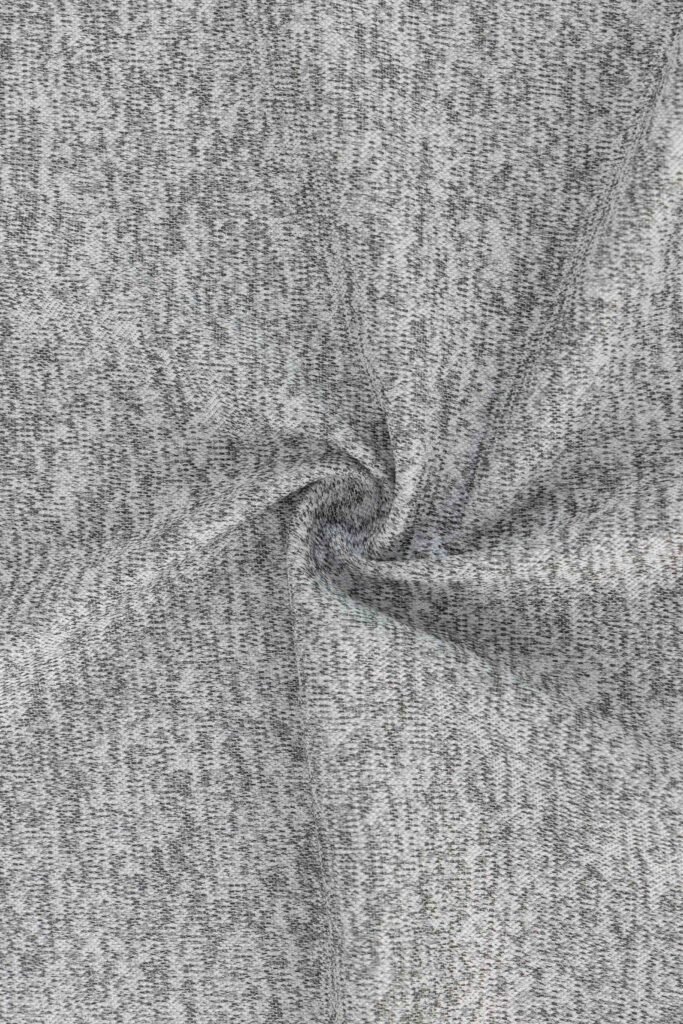
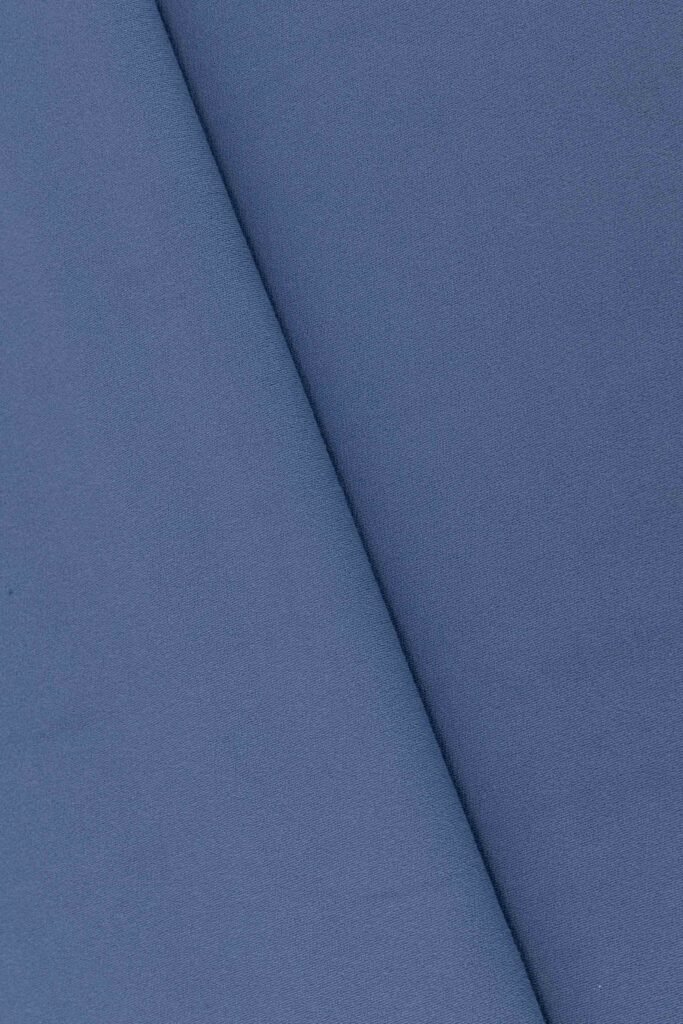
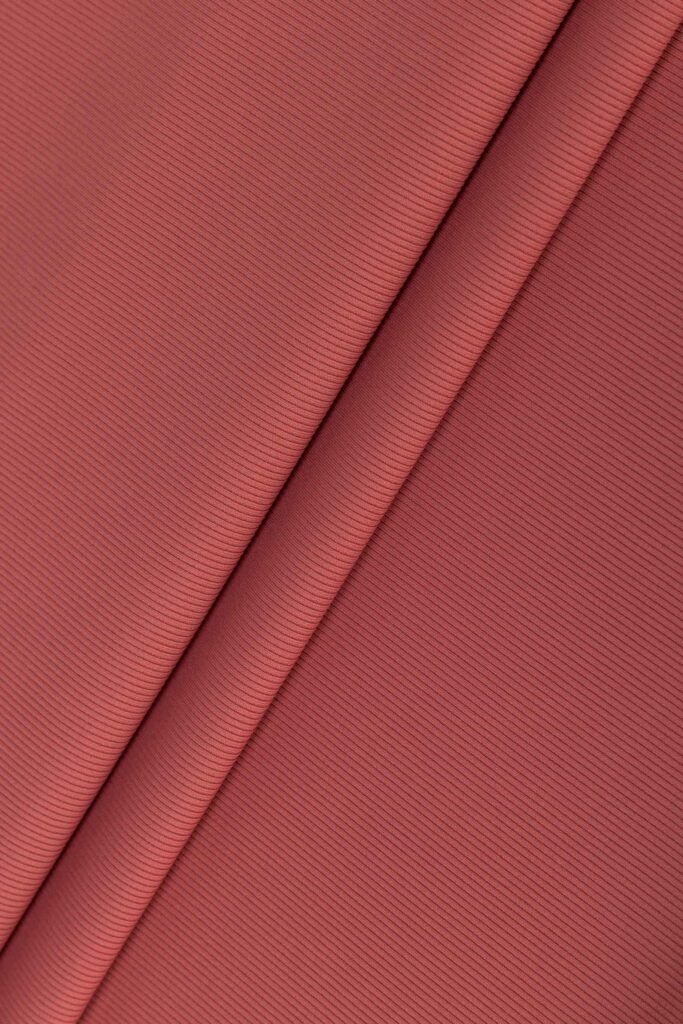
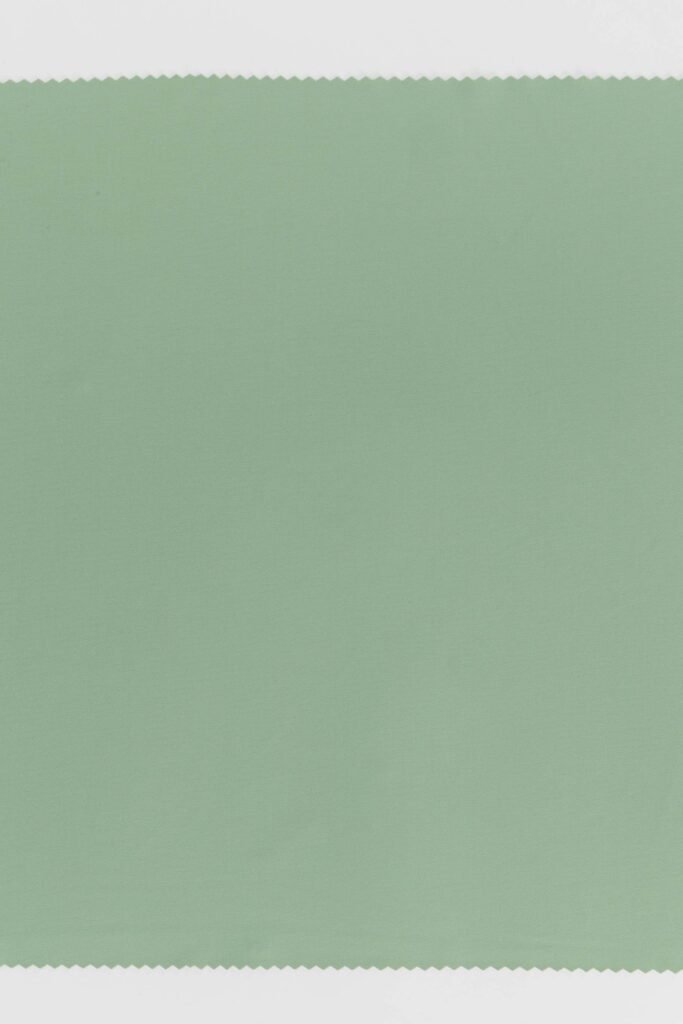
Moreover, the rise of “second-skin” fabrics—thin yet supportive—bridges the gap between performance and comfort. Whether it’s yoga leggings or daily T-shirts, the next generation of knits promises luxurious touch and functionality. For fashion buyers, partnering with suppliers experienced in knitting technology ensures consistent quality and minimal pilling—two features that consumers increasingly demand.
Future Fabrics: Performance Meets Innovation
The next fashion wave belongs to fabrics that don’t just look good—they perform. From antibacterial fibers to thermoregulating textiles, performance materials are revolutionizing apparel.

Cooling fabrics embedded with mineral particles can reduce body heat during intense workouts, while UV-resistant coatings protect skin under outdoor sunlight. Similarly, odor-control treatments are becoming a must-have for sportswear, keeping garments fresher for longer wear cycles.
Some forward-thinking mills are also experimenting with biodegradable synthetics, designed to decompose naturally without microplastic pollution. For fashion brands, incorporating such innovations elevates brand credibility and supports long-term sustainability commitments. These fabrics appeal strongly to both environmentally conscious consumers and high-performance markets such as sports, travel, and wellness.
Color Trends by Category
Different apparel categories interpret color differently, balancing mood, function, and market needs.
- Yoga & Activewear: Bright tones such as citrus yellow, coral pink, and mint green dominate, symbolizing positivity and energy.
- Casualwear: Neutral and pastel tones like beige, oatmeal, and dusty blue express comfort and modern simplicity.
- Workwear & Polo Lines: Traditional tones—navy, charcoal, and khaki—are updated with subtle undertones for a refined look.
- Resort & Summer Collections: Vibrant hues such as sunset orange and turquoise blue evoke freedom and vacation vibes.
Brands are also embracing digital printing and gradient dyes for smaller runs, enabling flexibility in creative design without high MOQ. Customization is becoming a key trend—allowing even mid-sized labels to express unique brand personalities through fabric color and finish.
Sourcing Smartly: Turning Trends into Products
Knowing which fabrics and colors will trend is only half the job—sourcing effectively turns ideas into reality. The next season emphasizes collaboration between designers and suppliers, ensuring that creativity aligns with production efficiency.
When selecting suppliers, prioritize those with color lab testing, consistent dye lots, and reliable lead times. Ask for small approval swatches before bulk orders to confirm both texture and tone accuracy. For brands producing across multiple regions, consistency in GSM, colorfastness, and shrinkage is vital to avoid discrepancies.
Leading mills now offer online fabric libraries, enabling remote selection and real-time feedback—saving time and travel costs. Building long-term relationships with trusted suppliers helps ensure both quality and innovation. In the competitive fashion world, reliable sourcing is as valuable as design itself.

Conclusion: The Future of Fabric and Color
As the new season approaches, fabrics and colors are no longer just aesthetic choices—they are strategic tools that define brand identity. The fusion of sustainability, performance, and creativity is shaping a future where apparel is as intelligent as it is stylish.
From earth-inspired neutrals to high-energy activewear shades, from soft-touch knits to next-gen smart textiles, the possibilities are endless. Brands that stay informed and adaptable will not only follow trends but also set them.
Ultimately, great fashion begins with great fabric. For designers, buyers, and manufacturers alike, understanding these evolving trends is the first step toward crafting collections that resonate—with both conscience and style.

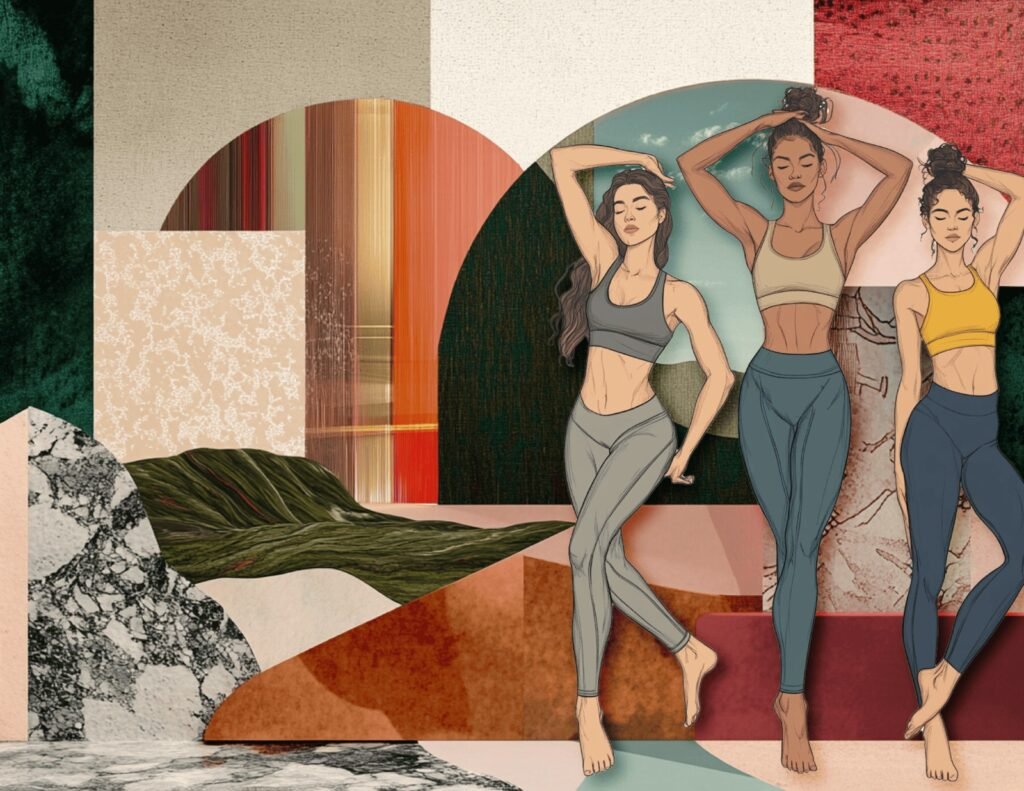
![[JuncoSports]Where to Find Affordable Wholesale Fabric Materials Without Sacrificing Quality](https://materials.juncosports.com/wp-content/uploads/2025/07/image-6.jpg)